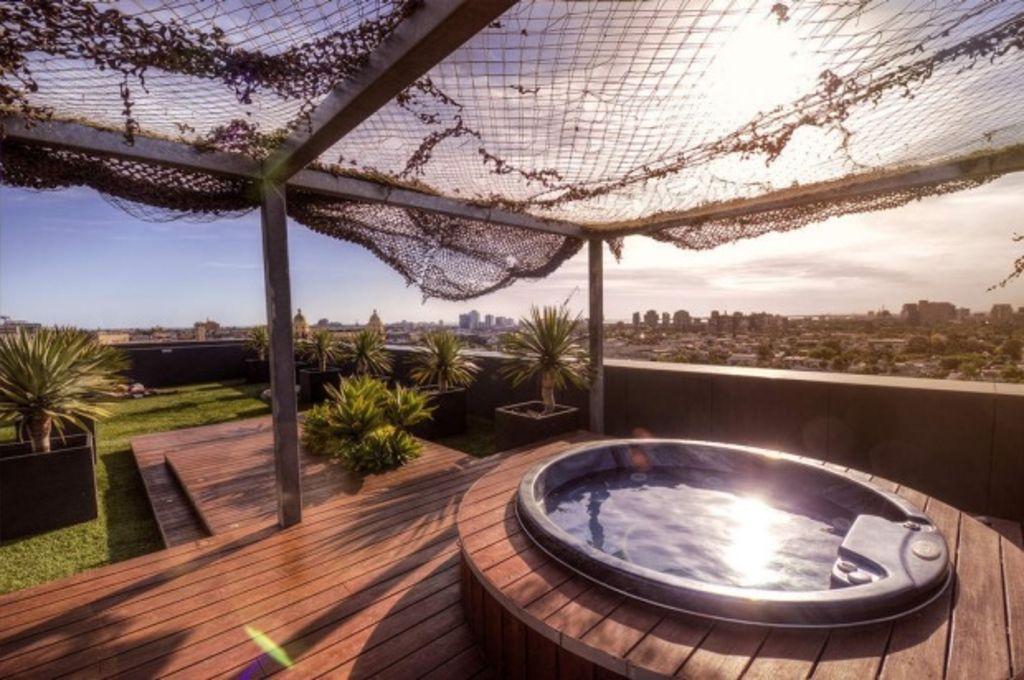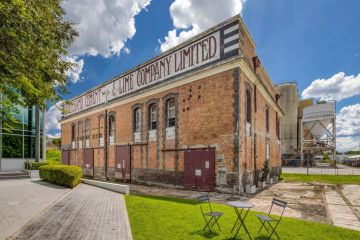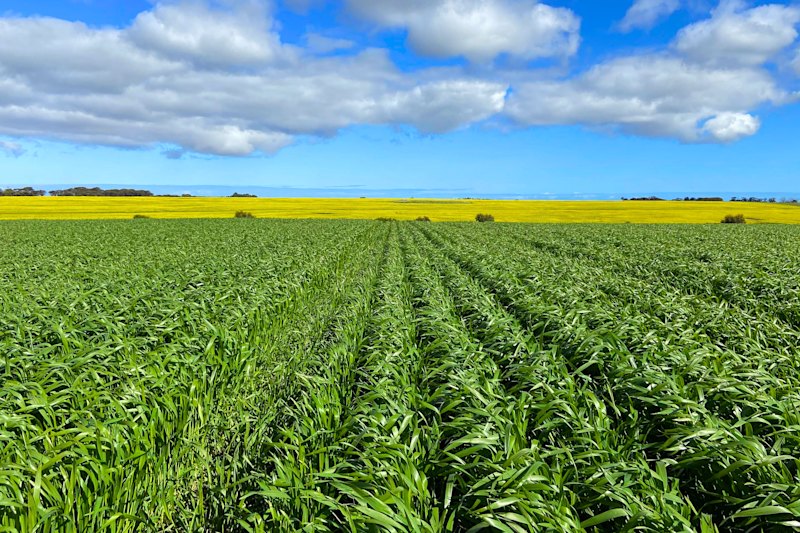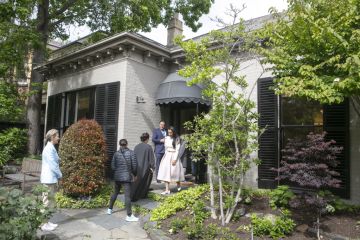Rooftop gardens on the rise as inner-city Melbourne grows green

Melbourne is developing a world of private parklands hidden from the streetscape.
Rooftop gardens are springing up across the city, luring residents away from traditional house blocks to apartments with shared green space.
Colliers International’s Matthew Stagg said rooftop gardens were becoming more popular as the city’s apartment market matured.
“Traditionally, apartments in Melbourne have been catered towards singles and couples,” he said.
“Buyers and tenants are now looking for additional amenities that are available exclusively to residents … particularly Asian buyers and an increasing number of families with children seeking larger apartments and amenities.”
Melbourne is catching up with the latest international trend popular in New York, Singapore and Shanghai.
Gail Hall, project coordinator of urban landscapes at the City of Melbourne, and co-author of the Growing Green Guide, has seen an increase of green developments over the past year.
She said inner-city councils encouraged the uptake of green roofs as it helped make the city more resilient tothe negative impact of increased density and loss of urban greenery as the population increased.
But not only the inner city is recognising the need for more green space. Earlier this year Stonnington Council indicated it would consider creating more parks in its suburbs, which currently have only 6.7 per cent as public open space. The council is also looking at creating “pocket parks” in dead-end streets and roof gardens.
As well as improving aesthetics and creating open space, the Australian Institute of Landscape Architects Victorian president Jon Shinkfield said rooftop gardens should also be functional.
“I love the idea, for instance, of being able to walk down Collins Street and to be able to buy tomatoes at a street vendor where the tomatoes have been grown on the top of a building,” he said.
The Far East Consortium’s Upper West Side project, bordered by Spencer, Lonsdale, Little Bourke streets and Rose Lane, is one of the many developments that are going green. It will give residents access to more than 4000 square metres of podium garden when completed.
Sprawling over four interconnected residential towers, there will be a variety of amenities including barbecue facilities, pavilions for shade, vegetable patches, a bocce court and garden lounges.
Cottee Parker Architects’ Victorian manager Shane Williams, who worked on the project, said this would be the largest of its kind in Melbourne.
Freshwater Place in Southbank, one of the tallest residential towers in the CBD, was completed in 2005 with a garden on level 10. The space was designed by LBA Design director and landscape architect, Laurence Blyton. “Because of the clientele they were trying to attract, empty nesters from the leafy eastern suburbs, the roof garden on Freshwater Place was designed to resemble what they’d left behind,” Mr Blyton said.
He said he doesn’t see the trend easing any time soon. “People are now demanding a hamburger with the lot. They don’t just want a lovely new apartment, they want the garden to go with it.”
We recommend
We thought you might like
States
Capital Cities
Capital Cities - Rentals
Popular Areas
Allhomes
More







